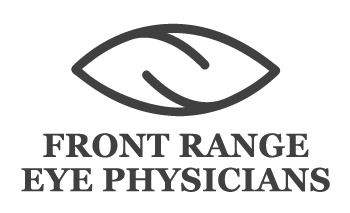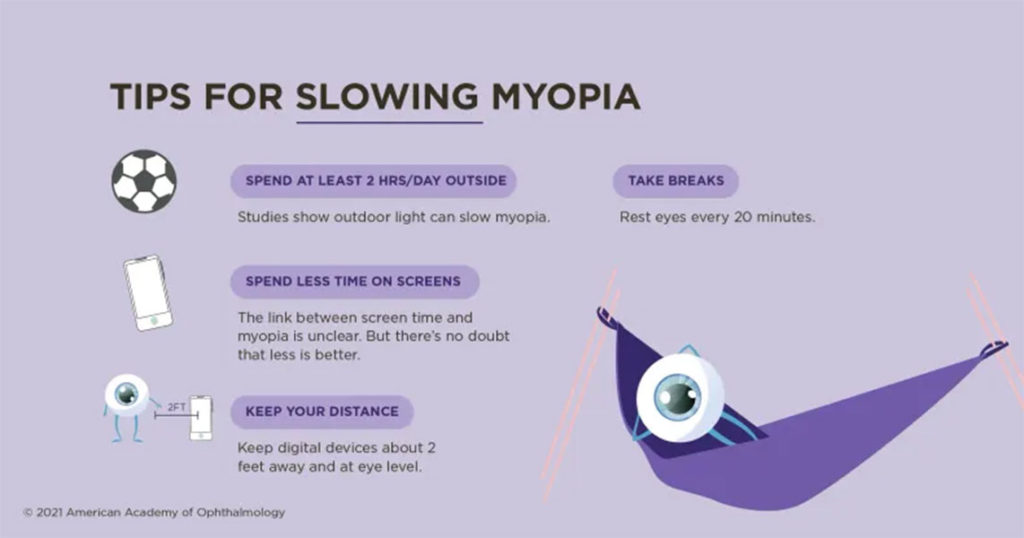Nearsightedness is a Public Health Crisis
Nearsightedness has risen dramatically over the last 50 years. If nothing is done to help slow the increase, half the world’s population may be nearsighted by the year 2050. That means much more than a lot of people in glasses. It means a lot of kids today are at risk of developing vision-threatening eye conditions tomorrow. That’s why Front Range Eye Physicians and the American Academy of Ophthalmology are sharing information about myopia and its progression.
People who have myopia, also known as nearsightedness, can see close-up objects clearly, but objects farther away are blurry. Myopia that begins in early childhood often worsens as the child grows. If these changes are too extreme, it can be hard to correct the blurriness with glasses or contact lenses and the risk of potentially blinding eye conditions rises, including retinal detachment, glaucoma, early cataracts and myopic maculopathy, a leading cause of blindness world-wide.
While more research is required to understand why myopia is on the rise, new treatment options are available to slow the disease in children so the most devastating consequences of high myopia can be avoided. Check out these infographics for more information about myopia and preventing its progression.
For more information on eye health, visit the Academy’s EyeSmart website.



